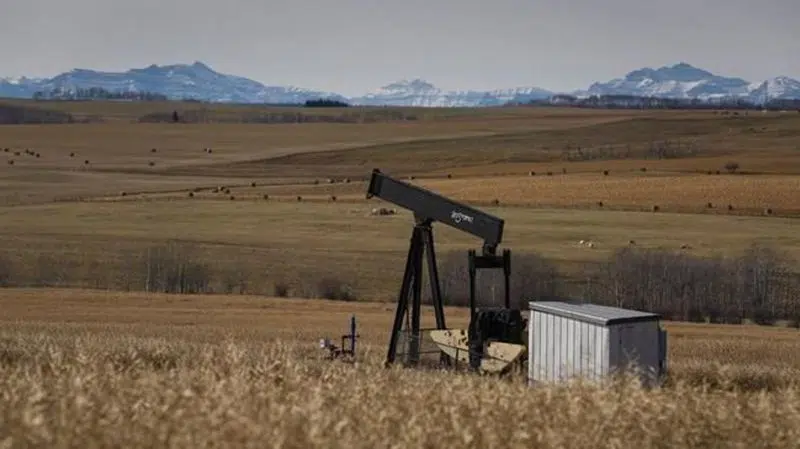
Federal oilpatch bailout focus on cleanup of abandoned wells, reduced emissions
Observers say the federal government’s multibillion-dollar oilpatch bailout package announced Friday should come with strings attached.
“(Money) should be tied to regulatory change in Alberta to ensure the province puts in place a polluter-pays program, so the public is not left with these liabilities in the future,” said Greenpeace Canada spokesman Keith Stewart.
Prime Minister Justin Trudeau announced that his government plans to spend $1.7 billion in Alberta, Saskatchewan and British Columbia to clean up “orphan wells” — oil and gas wells that have been abandoned by their often-bankrupt owners without being remediated.
Ottawa also plans another $750 million to help cut emissions of methane, a potent greenhouse gas that leaks from energy facilities.


